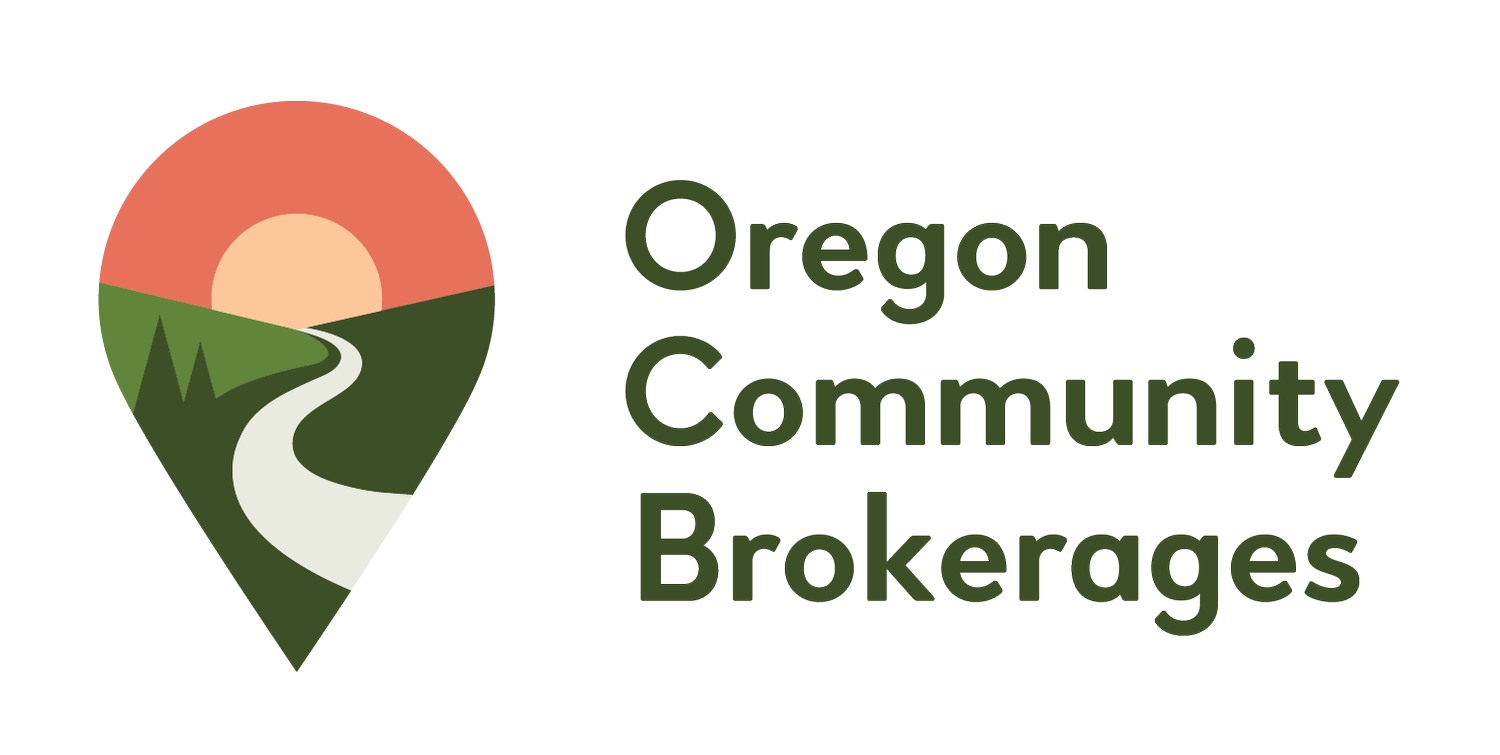
The State Budget Process: This Year's Recommendations From the Governor
You may have seen headlines this month about the release of Governor Brown’s Recommended State Budget. As discussed in yesterday’s post, the Oregon state budget takes several months and three major steps from start to finish. We begin with data, reports, and recommendations from each governmental agency as to how services are currently operating, and what it would take to continue them (ARB). Next, the Governor synthesizes the disparate agency requests into a single budget, recommending it to the legislature, and to all Oregonians (GRB). The state legislature then takes those critical components, pairs them with months of gathered input and information from constituents, and creates a final legislative budget for approval (LAB). Once the Legislatively Approved Budget is formally adopted, the process is complete. Oregon creates a budget every two years.

The State Budget Process: What Do I Need To Know?
For the IDD system, the budgeting process is often a roller-coaster of emotion and advocacy. Service levels, program funding, and provider rates are all determined by the biennial state budget. On December 1st, Governor Kate Brown released her Governor’s Recommended Budget (GRB), which is a detailed budget plan for the 2017-2019 biennium. To get a handle on where the GRB falls in the full budget process, let’s take a closer look at it from start to finish.
The Time for Advocacy is Now!
Distressing news out of the capitol: lawmakers may be looking to cut $140 million from human services in order to fund a budget “hole.” The question is, what does a $140 million cut to human services look like? Though plan hours are not likely to be cut, vulnerable areas include provider pay rates and Brokerage funding for Personal Agents. Brokerage Personal Agents and direct support providers have worked to implement dozens of system changes over the past two years. With these changes has come a lot of additional workload and responsibilities, which is already cutting into the bottom line: time spent with Brokerage customers. Any reduction in funding is going to cut further into that time.
